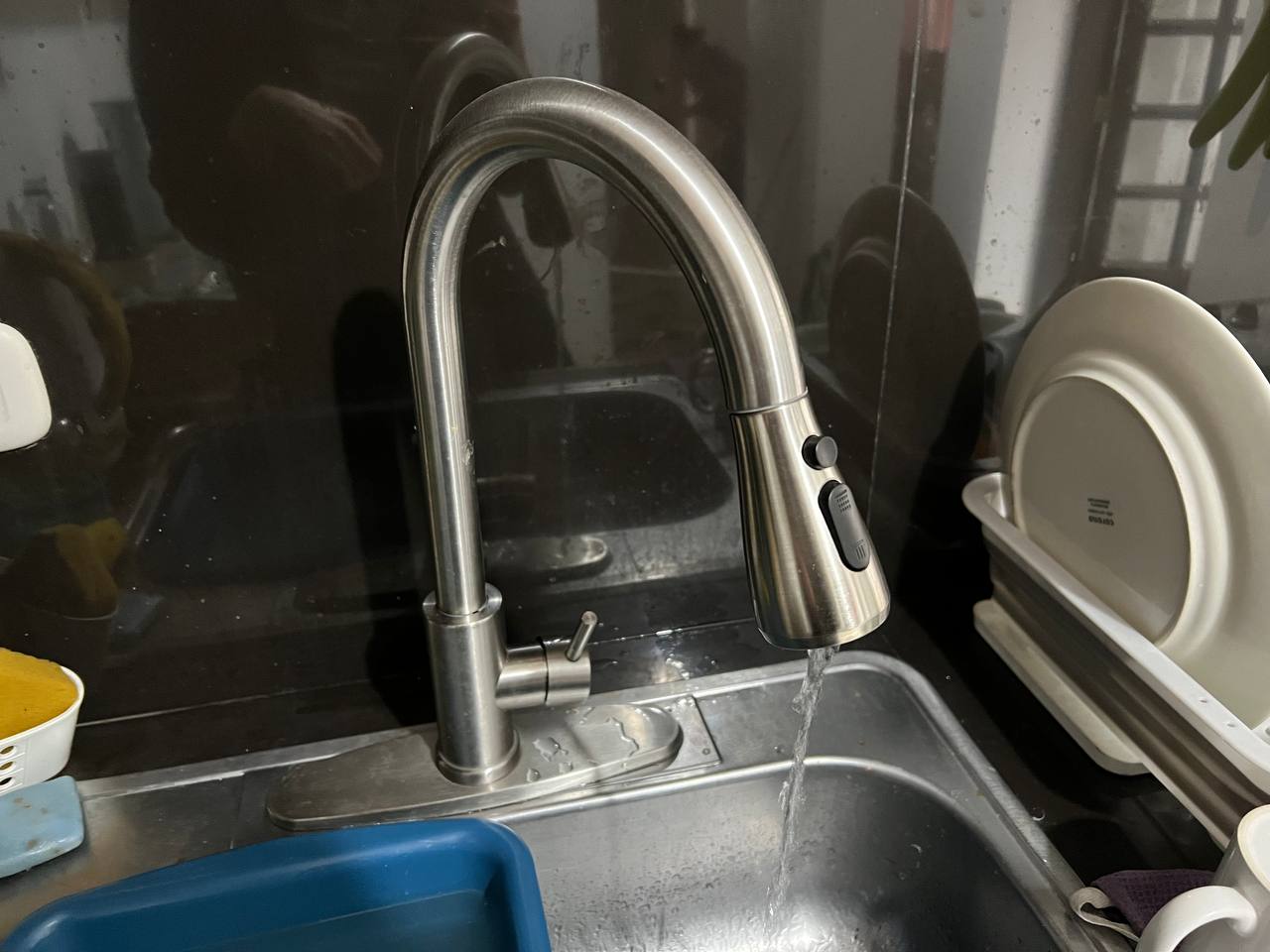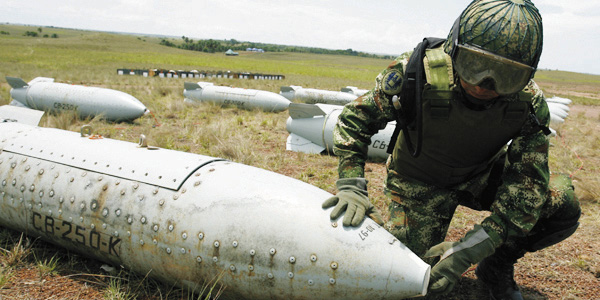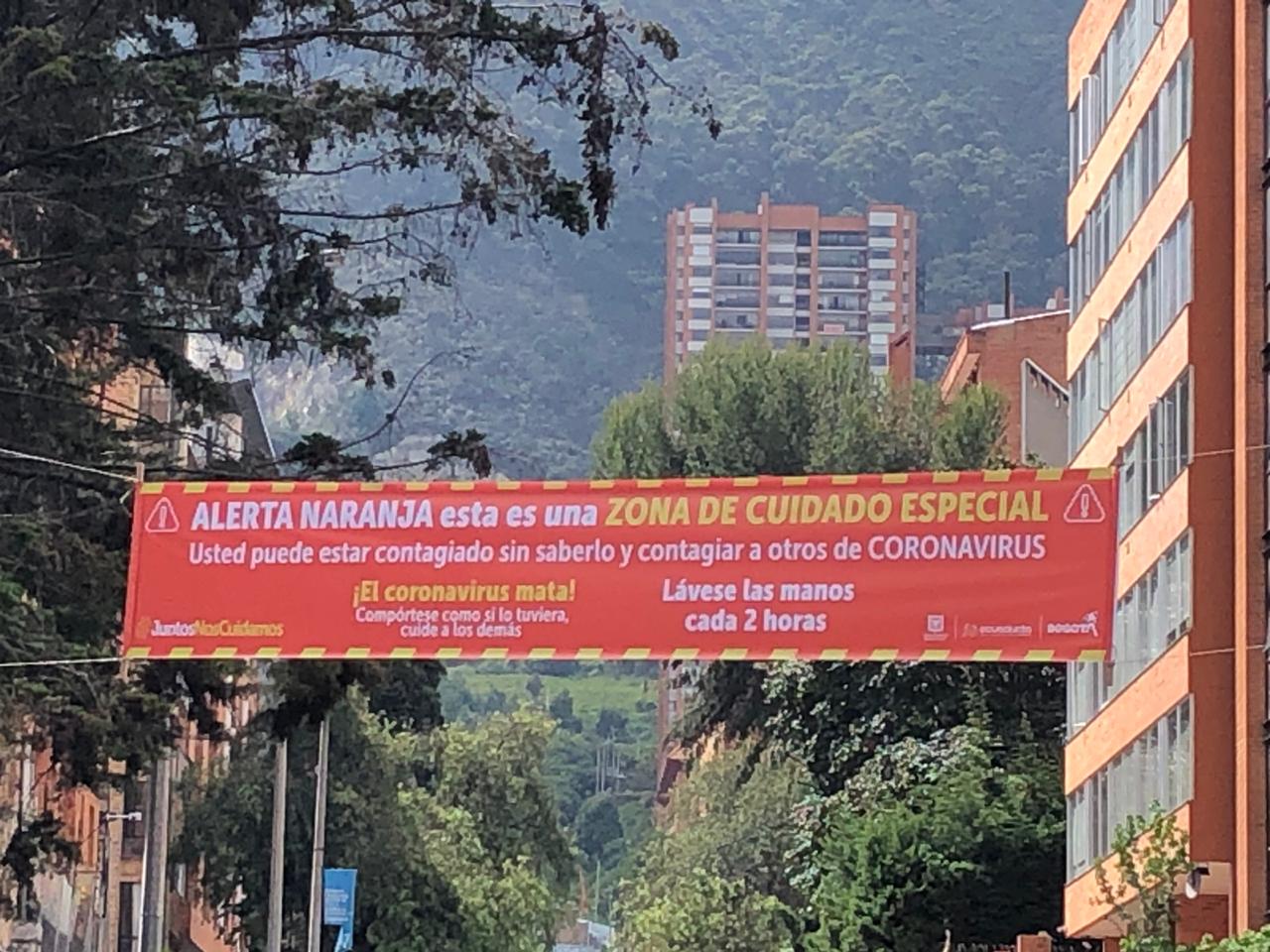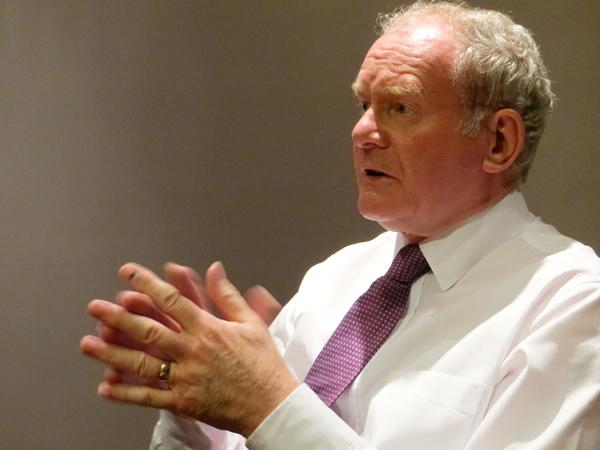Series of Facebook Live conversations offer a chance to understand the work involved in historical memory.
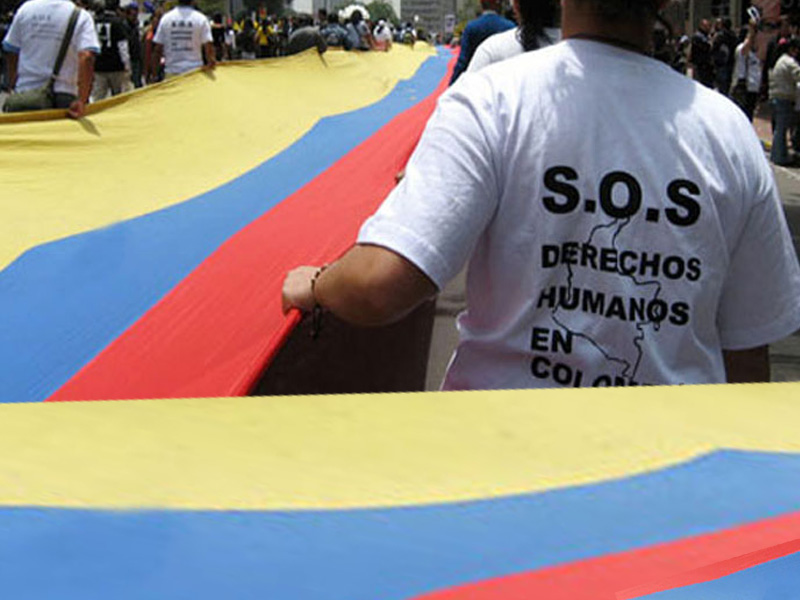
The coronavirus lockdown has put so many things on hold, including many aspects of the country’s fragile peacebuilding efforts. However, the Centro Nacional de Memoria Histórica (CNMH) are continuing their work to document, analyse, and preserve first-person accounts of Colombia’s decades-long armed conflict.
Individual and collective stories make up our understanding of history. And the conversation series co-hosted by CNMH and Universidad Distrital’s IPAZUD gives the public the chance to hear more perspectives of what happened during the conflict and what it did to people’s lives.
Diálogos por la memoria histórica — Dialogues for historical memory — began with a talk about the complex and controversial chapter of paramilitary forces in the Colombian conflict. What have we learned about paramilitarism in Colombia? was led by Jenny Lopera, Director of Truth Accords, CNMH. Find more on the discussions below.
And on June 18, Possibilities for reparation was led by Sebastian Londoño, Director of Memory Construction, CNMH.
Today (July 3), at 3pm, Fabio Bernal, Director of Colombia’s National Museum of Memory, will discuss the museum-in-progress and its preservation of historical memory as a form of symbolic reparations.
The session on July 16 at 3pm will be led by Marcela Rodríguez, Director of the Human Rights Archives. And the final forum will take place at 7.30 and 10.30 AM on July 30, with Universidad Distrital Radio Station, LAUD, Revista de la Mañana program in conversation with Darío Acevedo Carmona, Executive Director of the Centro Nacional de Memoria Historica.
First forum: “What have we learned about paramilitarism in Colombia?”
Mediated by Andrés Hernández, IPAZUD’s Coordinator for the center’s Conflict and Memory section, and led by Jenny Lopera, the forum examined the work of peace-building through testimony collection. Lopera explained that part of the Truth Accords’ remit was to work towards reparations, partially by involving armed conflict victims as participants in the process.
While we speak a lot about the FARC, paramilitary activity is another pillar of the country’s unrest, taking root in the 80s and morphing into the armed gangs we see continuing to fight and terrorise rural Colombia today.
Hernández defined peace “as a full concept rather than as the absence of war.” In other words, peace-building does not happen overnight. It is a complex and ongoing process that requires many considerations and institutional commitments.
Without going into the details of what can at best be described as a partially failed demobilisation of the Autodefensas Unidas de Colombia (AUC) in 2004, one aspect is very relevant to today’s peace-building. Over the past decade, the CNMH have worked to collect testimonies from the ex-combatants – and have collected over 18,000 testimonies from demobilised paramilitaries.
Read our latest coverage on the coronavirus in Colombia
Nicolas Otero, one of the Center’s researchers and a testimony collector described the process as complex and evolving. “Historical memory isn’t singular, but one that’s in a constant process of being constructed,” Otero said.
Alberto Santos, another researcher who participated in the forum, described his experience working on a quantitative report on the effects of paramilitarism in Colombia. Over 9,000 ex-paramilitaries participated in the unprecedented project, which found that 52% of them had been victims of the conflict before being recruited by paramilitary groups. Santos went on to describe the significance of the report’s findings, which helped the Center construct a better understanding of the targeted socio-economic characteristics of paramilitary recruits – those with little financial means and few options.
According to Otero, part of the testimony collection procedure is an official recognition of what took place and an acknowledgment of the violence. He described the interview methodology of listening rather than interrogating, which helps to frame the process as one of participation and empowerment.
“For example, the procedure puts horrific events of violence – violations of human rights, violations of international humanitarian law on display. Victims demand recognition, that they are recognised as victims, as human beings, as Colombians and as subjects with rights.”
IPAZUD (Instituto para la Pedagogía, la Paz y el Conflicto Urbano de la Universidad Distrital) is the Universidad Distrital’s Institute for Pedagogy, Peace, and Urban Conflict. The research center focuses on education and Colombia’s conflict with particular attention to the effects of the armed conflict on the city of Bogotá.
The virtual forum series represents a new partnership between CNMH and IPAZUD in a joint effort to offer educational opportunities for the public to engage with historical memory and its implications for the future. Each forum will feature one of the CNMH’s four areas: The Truth Accords, Memory Construction, Colombia’s National Museum of Memory, and the Human Rights Archive.

